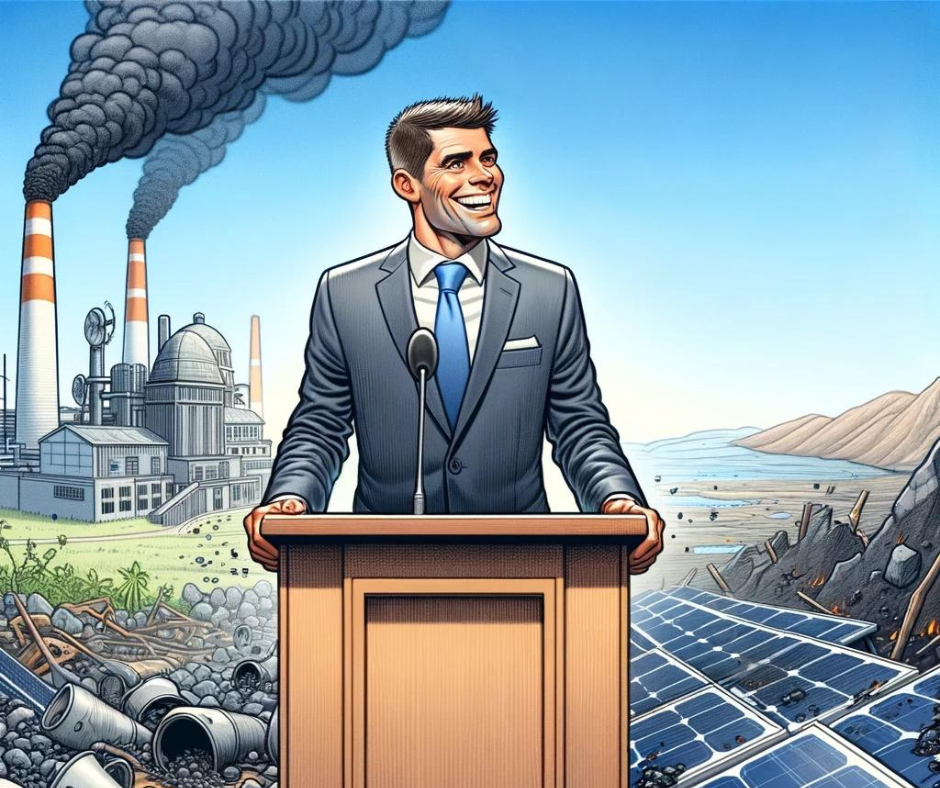Proposed additional electric vehicle subsidy is wasteful and irresponsible
Key Findings
1. The governor has proposed to spend $100 million to subsidize electric vehicle purchases.
2. This new subsidy is on top of existing state and federal subsidies for electric vehicles and charging stations.
3. The additional subsidies add nothing to existing state subsidies and requirements since the state is already committed to virtually eliminating CO2 emissions from gasoline by 2050.
4. Since the additional funding yields no CO2 emissions reductions that would not already happen, the subsidy is pure waste.
5. The previous EV sales tax break did little to incentivize sales, with EV purchases staying at the same rate even after the tax break expired.
6. The governor hopes that switching from a tax break to a tax credit will incentivize EV sales, but by driving up the cost of the program, the subsidy simply becomes more wasteful.
7. Assuming the EV subsidies do reduce CO2 emissions above existing laws (which they almost certainly do not), they are an extremely expensive and ineffective climate policy.
8. Using the state’s own “social cost of carbon,” the EV subsidy spends twice as much to reduce CO2 as the environmental benefits from reducing emissions. The subsidy does more harm than good.
9. Using market prices to reduce CO2 emissions, the calculus is even worse, spending $18 for every $1 worth of environmental benefit.
10. The duplicative nature of the subsidy and the extremely high cost for small or nonexistent environmental benefits make additional EV subsidies an irresponsible approach to cutting CO2 emissions.
Introduction
State lawmakers will soon consider the governor’s proposal to spend $100 million more to subsidize the purchase of electric vehicles (EV). The proposed subsidy is $7,500 per vehicle, with an additional $5,000 for car buyers with incomes less than $61,000 per year.
Based on the objective metrics used by the State of Washington, the Biden Administration, and other states with carbon prices, these proposed subsidies would be remarkably wasteful and ineffective. They would cost taxpayers more than 20 times as much as alternative ways to reduce CO2 emissions. By the state’s own standard, the governor’s proposed subsidy policy would do more harm than good.
These types of ineffective projects have typified the policies Washington’s elected officials have emphasized during the last decade and are a major reason state leaders have repeatedly missed their own CO2- reduction targets. The legislature should consider other, more effective ways to cut emissions.
Click here to read the full Legislative Memo.





